We are now in the mountains and they are in us, kindling enthusiasm, making every nerve quiver, filling every pore and cell of us. – John Muir

Koi at the Southwest Acupuncture College
I called New Mexico home for 14 years. Every time I return there’s at once a familiarity and newness – buildings that have stood for hundreds of years with new signs and tenants, a new chef channeling centuries of Spanish and Pueblo Indian cooking styles, or green growth pushing through scorched earth blackened from wildfires in the Carson National Forest. Coming from Austin where the skyline is changing every week it is comforting to see my old NM haunts haven’t changed all that much in the dozen years I’ve lived in other parts of the country.
My recent trip was quite enchanting. I started off in Santa Fe at the Southwest Acupuncture School for Peter and Tiffany’s Aroma Acupoint Therapy workshop. The school is beautiful and I almost squealed in delight at discovering these koi in the reception area. They were excellent companions during class breaks, curious and playful creatures. It was a pleasure seeing Peter Holmes again, we last met at his workshop in Ithaca, New York at Andrea’s Aromahead school, and a pleasure meeting Tiffany Pollard who co-teaches this therapy with Peter. Peter regaled us with tales of walking the Santa Fe Plaza asking tourists and locals to “smell this and tell me how it makes you feel,” during the late 80s and early 90s. Peter’s talent for classifying essential oils into energetic categories is remarkable and I greedily ate up his theories of applications to Eastern medicine diagnostics. I spent my lunch hearing about his distillation travels and we caught up with each other over good aromatherapy gossip and enchiladas for dinner.
By day two my head was quite stuffed with theories, acupuncture point locations, and a rainbow palette of essential oils that would make any aromatherapist lust for a wider collection of essential oils. You see, the human nose is capable of detecting some 1 trillion scents and the average aromatherapist is always striving to add to her collection of aromas.


Ojo Caliente Mineral Springs
My visit to New Mexico couldn’t be complete without a visit to Ojo Caliente! My Mom grew up visiting the natural springs with her family when she was a child and I grew up visiting them when she returned to the area with my Dad to raise her own family. While some things have changed over the last few decades it has held on to its magic as a place of rest, renewal, and healing. In turn we soaked in the arsenic, soda, lithia, and iron pools, and enjoyed the “mudding” slathering ourselves with wet clays and laying in chaise lounges until the sun had baked the clay dry. After several hours of enjoying our ablutions we were wrapped like mummies in wool blankets for the Milagro Wrap, one of my favorite parts of our Ojo visits!
Returning to the art of wildcrafting in Taos county was a walk down memory lane to a time when I used to climb all over the mountains foraging and collecting plants for drying, tincturing, grinding, or steeping. I brought a collection of books to help me with identification of these high desert Southwest plants that I haven’t wildcrafted for in a number of years: (links are to Google Books for jacket identification and descriptions) Elpel’s Botany in a Day, Moore’s Los Remedios, and my 17 year old copy of Hutchen’s Indian Herbology of North America I’ve schlepped cross-country countless times.
 My first steam distillation on the mountain was of Artemisia tridentata, commonly known as Big Sagebrush, but locally known as one of the Chamiso varietals. Sagebrush essential oil contains terpenes (pinene), oxides (1,8-cineole), aldehydes (methacrolein), and ketones (camphor). We can assume the hydrosol has less than 1% of these volatile constituents (Harman 2014), though I wouldn’t recommend this hydrosol be used for children or during the childbearing year as the level of ketones present usually make up half of the volatiles in Artemisia tridentata and 1,8-cineole is contraindicated in use around children due to its tendency to trigger apnea and depress the central nervous system in this young population.
My first steam distillation on the mountain was of Artemisia tridentata, commonly known as Big Sagebrush, but locally known as one of the Chamiso varietals. Sagebrush essential oil contains terpenes (pinene), oxides (1,8-cineole), aldehydes (methacrolein), and ketones (camphor). We can assume the hydrosol has less than 1% of these volatile constituents (Harman 2014), though I wouldn’t recommend this hydrosol be used for children or during the childbearing year as the level of ketones present usually make up half of the volatiles in Artemisia tridentata and 1,8-cineole is contraindicated in use around children due to its tendency to trigger apnea and depress the central nervous system in this young population.
 The following day I nearly tripped over myself emerging from my car to discover a small stand of Abies magnifica, a rare sight in Taos County indeed! How many times have I driven straight past this beauty headed up to the ski valley? I’ve had the greatest pleasure of spending part of an afternoon in a red fir forest at Yosemite National Park and if you’ve also encountered this noble and ancient tree you’ll understand my excitement.
The following day I nearly tripped over myself emerging from my car to discover a small stand of Abies magnifica, a rare sight in Taos County indeed! How many times have I driven straight past this beauty headed up to the ski valley? I’ve had the greatest pleasure of spending part of an afternoon in a red fir forest at Yosemite National Park and if you’ve also encountered this noble and ancient tree you’ll understand my excitement.
My second distillation was a co-distillation of the Artemisia tridentata (Big Sagebrush) collected out on the mesa near the Gorge Bridge, Picea pungens needles (Pino Real in Espanol / Colorado Blue Spruce), and Juniperus monosperma berries (Oneseeded Juniper). I’ve affectionately dubbed this co-distillation “Taos Hum” as it fairly vibrates in the jar, reminding me of the mysterious phenomenon and energy unique to Taos alone.

Distillations three and four were of Pinus ponderosa (Ponderosa pine) and Pinus edulis/cembroides (Pinõn pine, pronounced Pinyon). Both trees I’m quite fond of and was delighted to experience them anew through the process of steam distillation.
Now that I am settled back in my office here in Austin, Texas I am excited to be working on monographs for these aromatic treats I’ve returned with. If you’re interested in an educational kit from my trip to the Rockies drop me an email! I have a limited supply of both hydrosols and resins for you to experience and this available on a first-come, first-serve basis. Want just a bottle of the Taos Hum to transport you to the land of sweeping vistas, the artist’s light, adobe houses, rocky mountains, and turquoise-blue skies? You can email me your request as well.

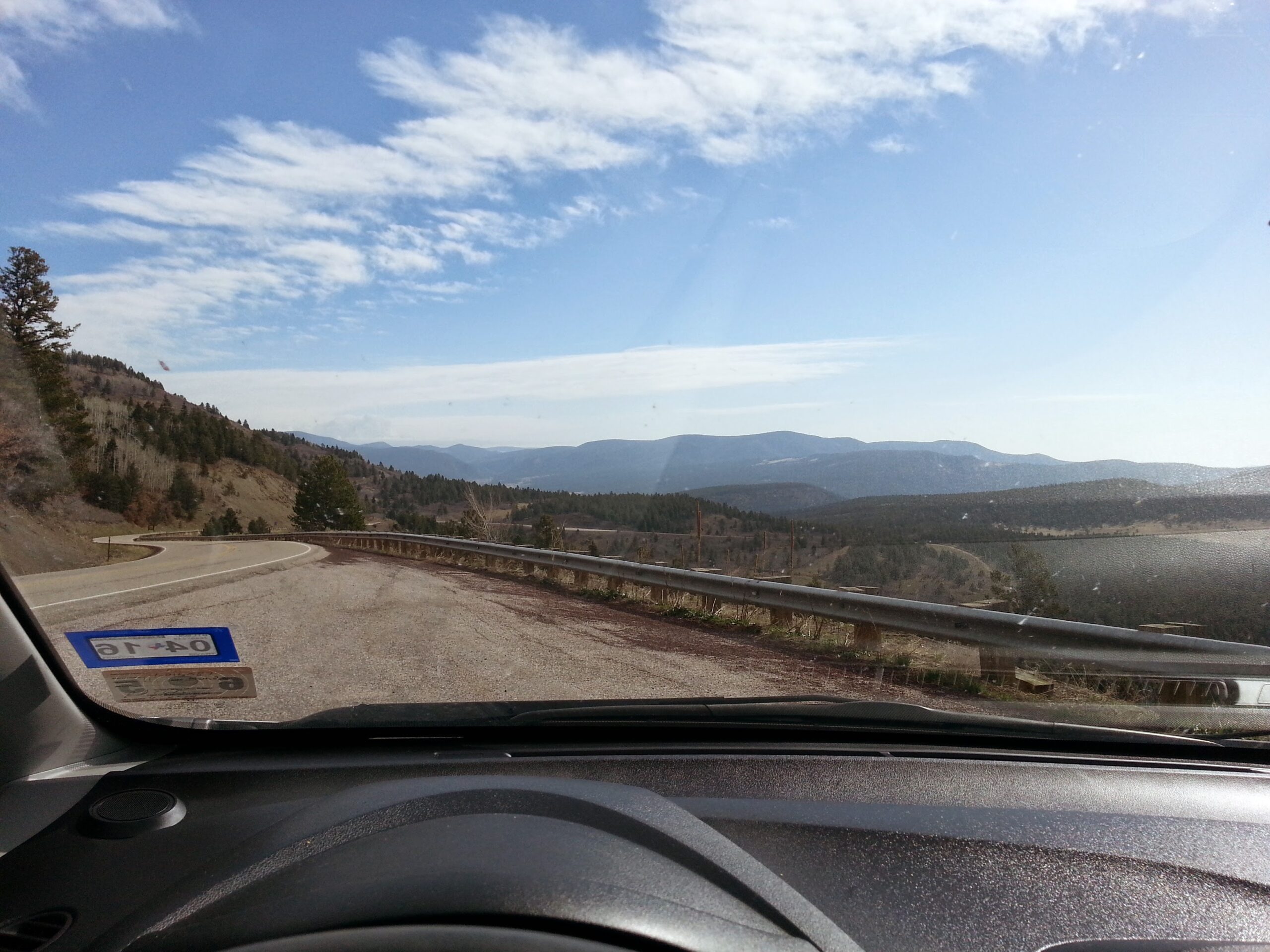
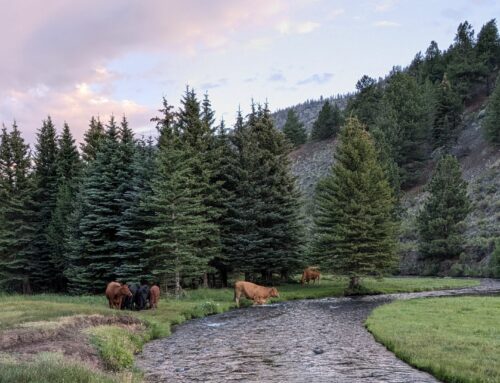
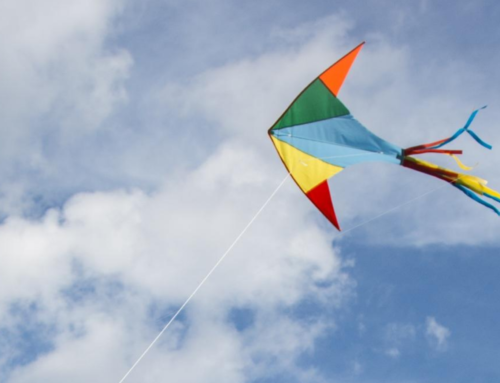
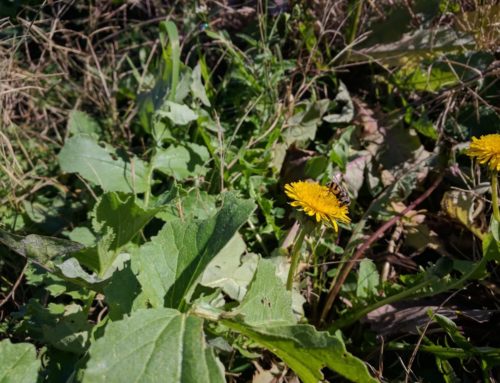
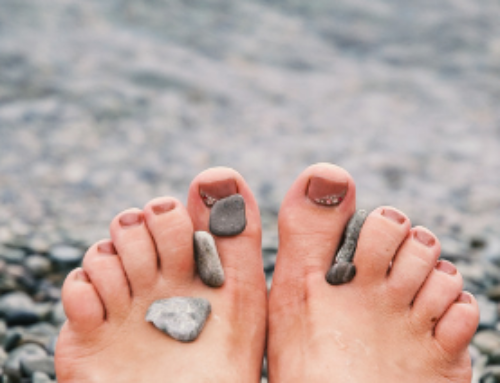



Leave a Reply